CAMILLE PISSARRO (1830-1903)
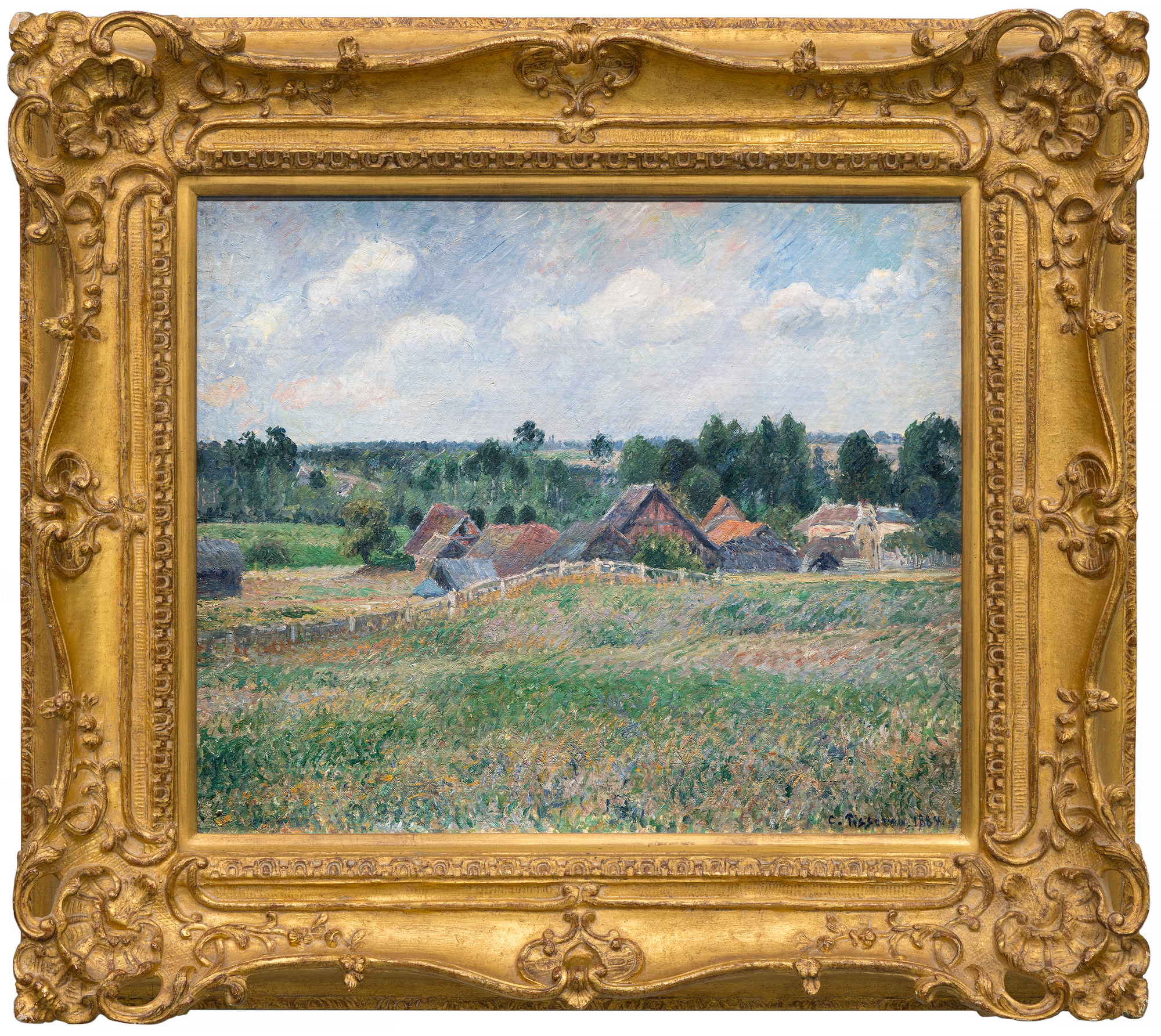
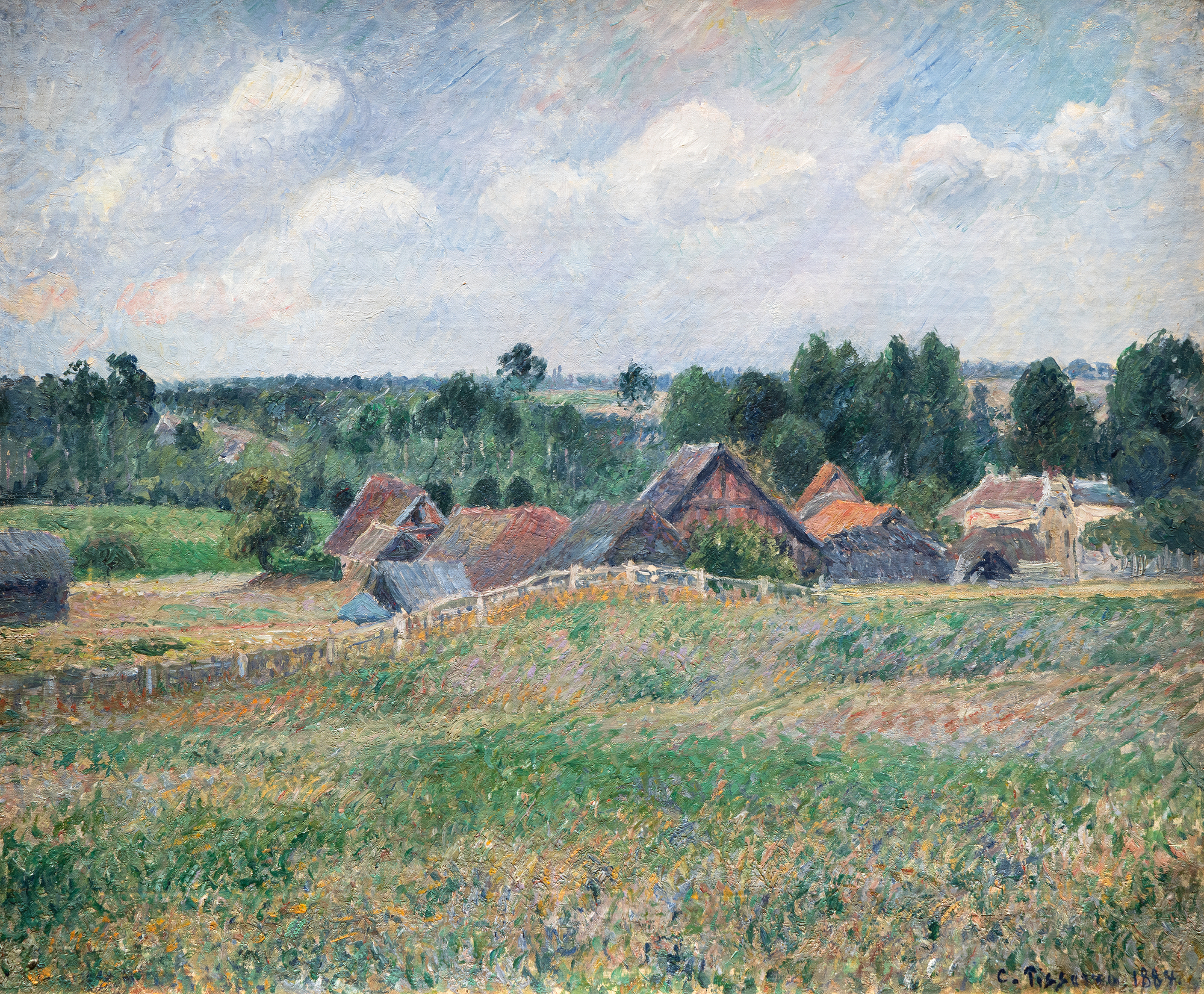
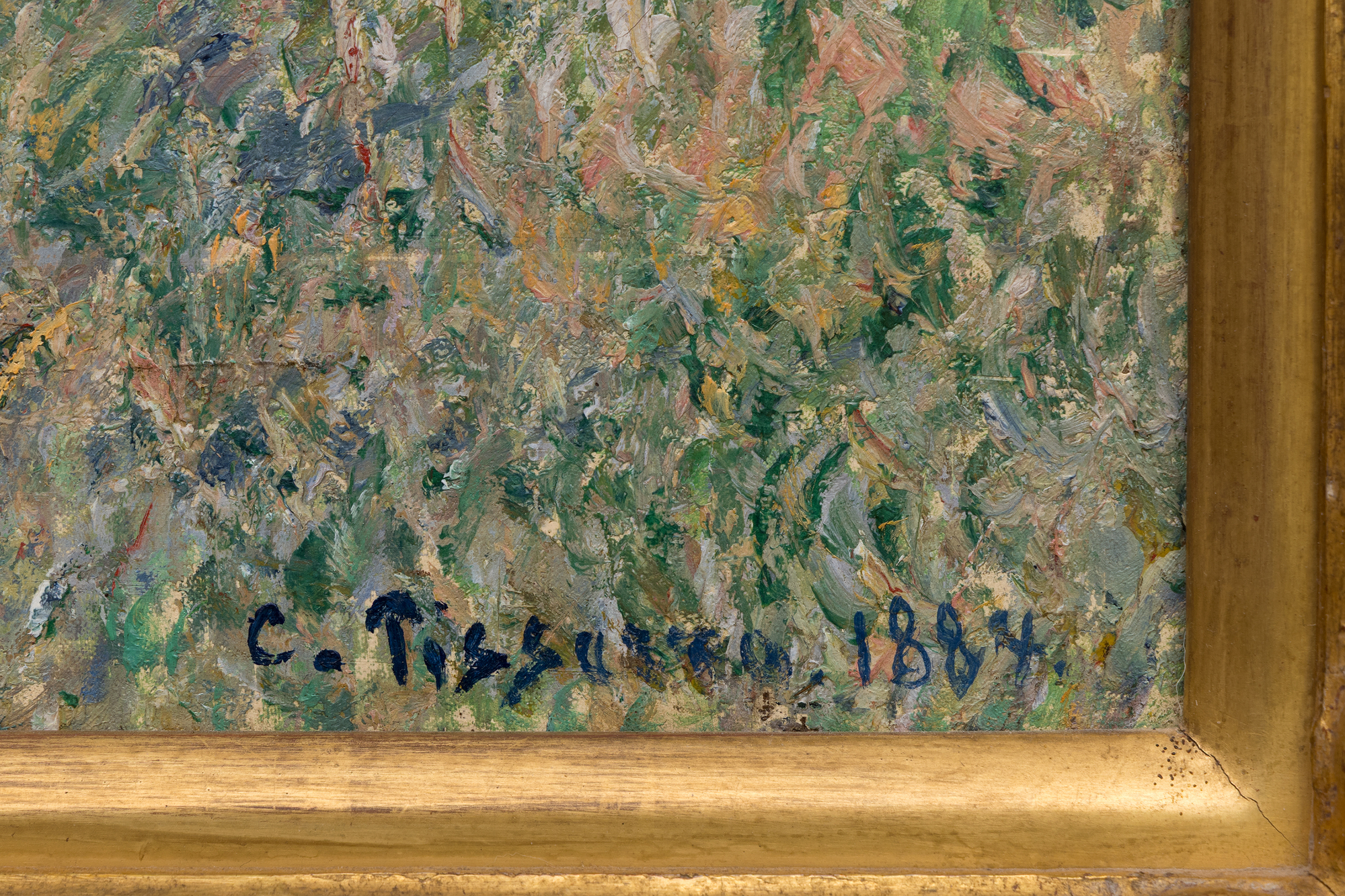
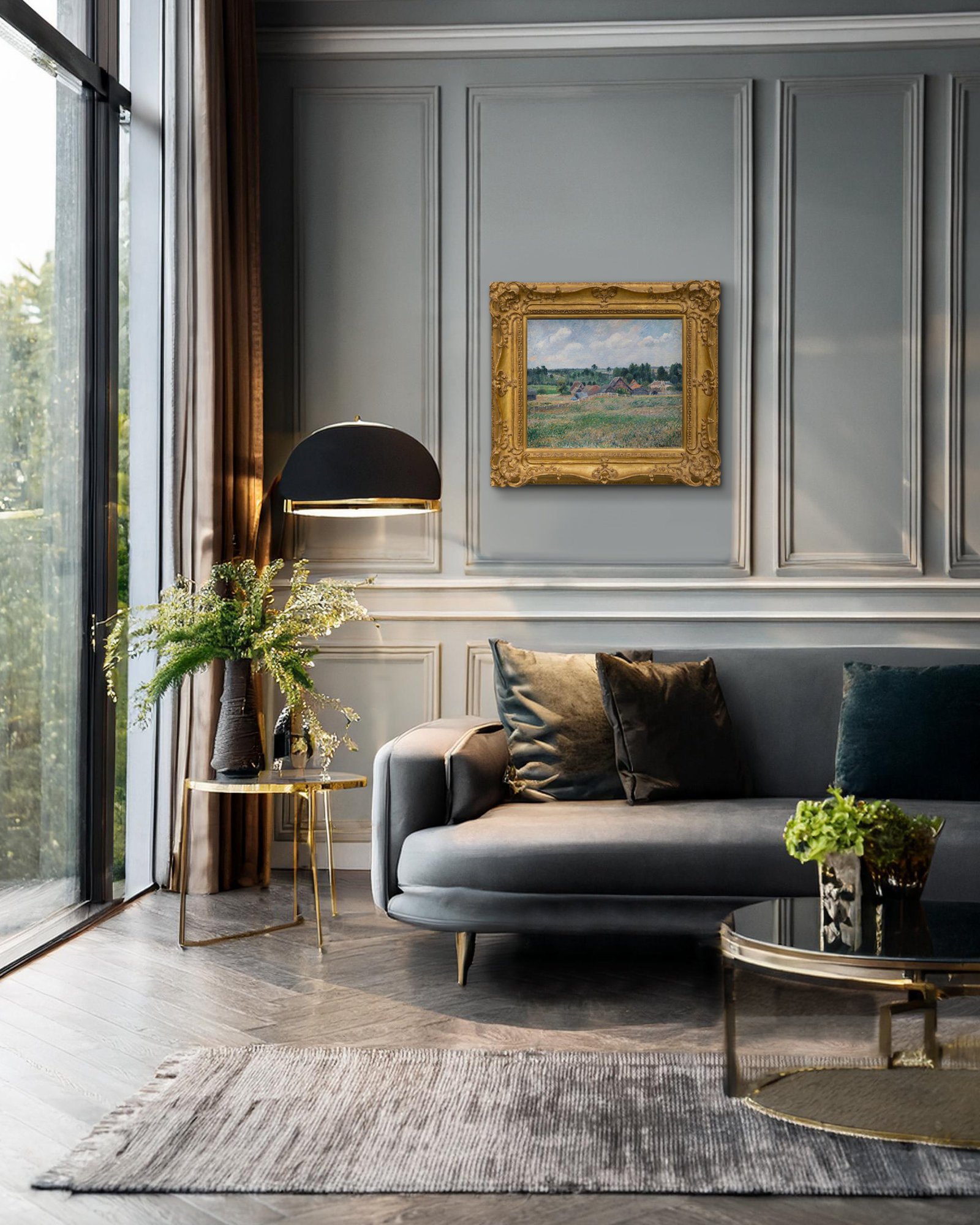
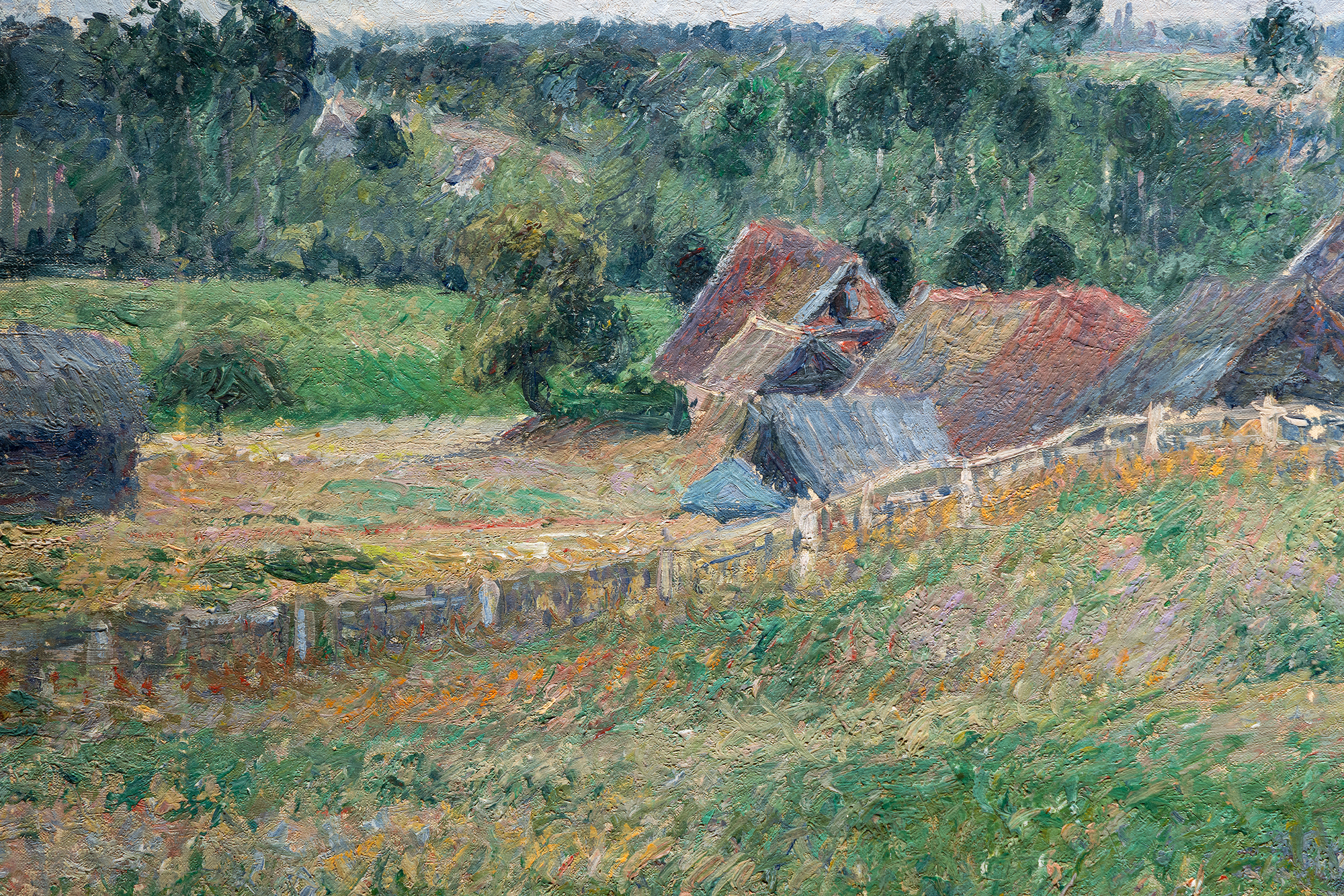

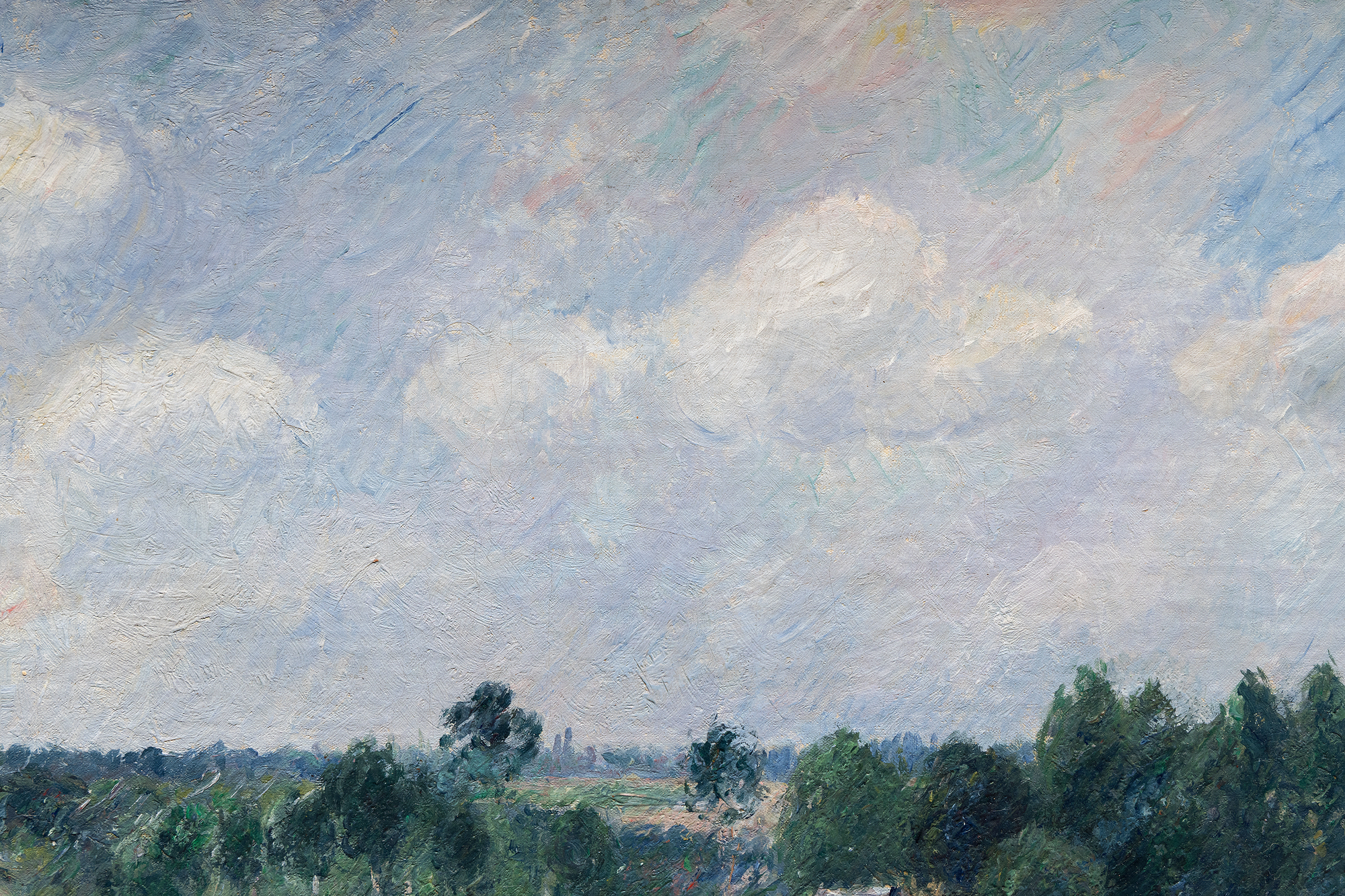
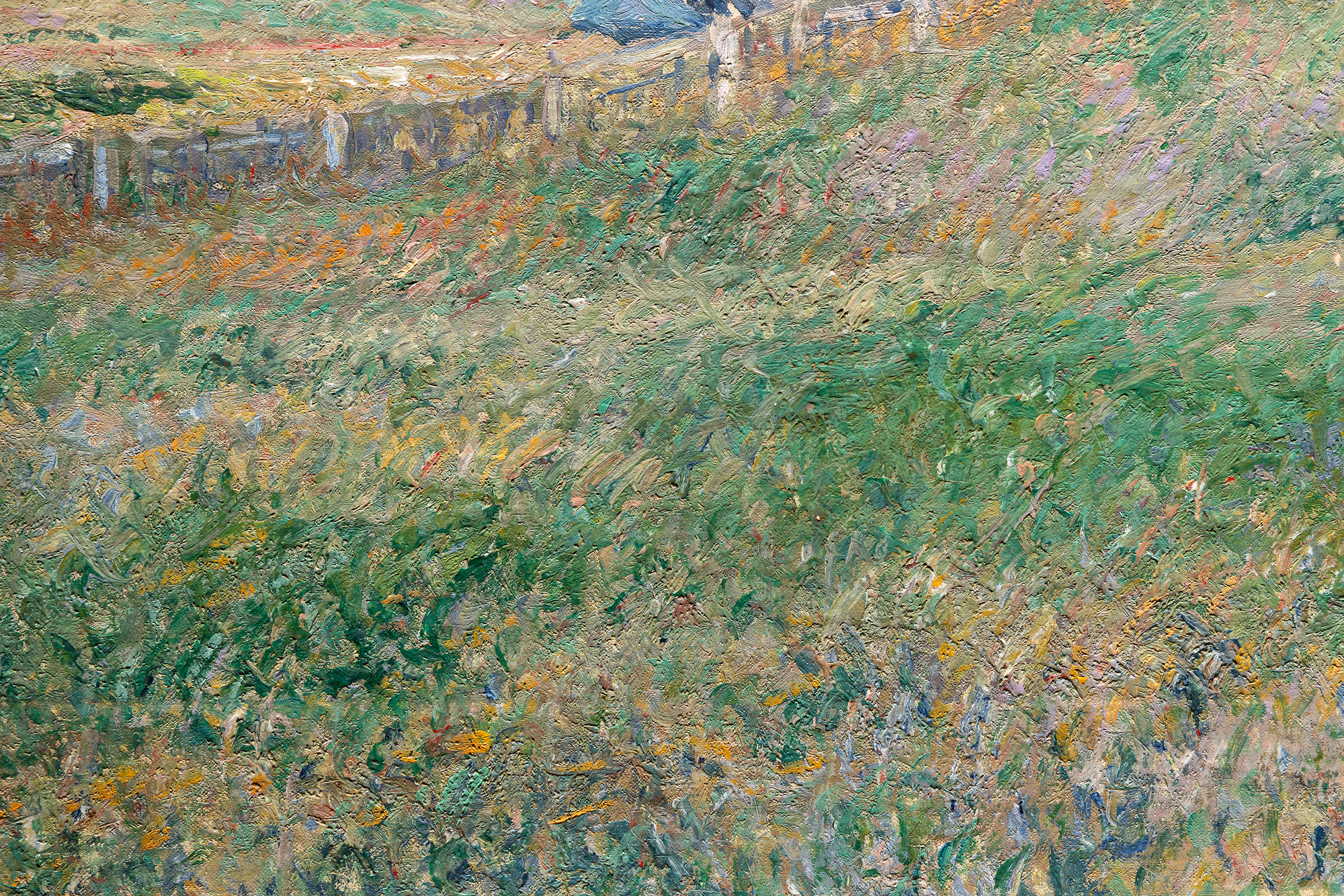
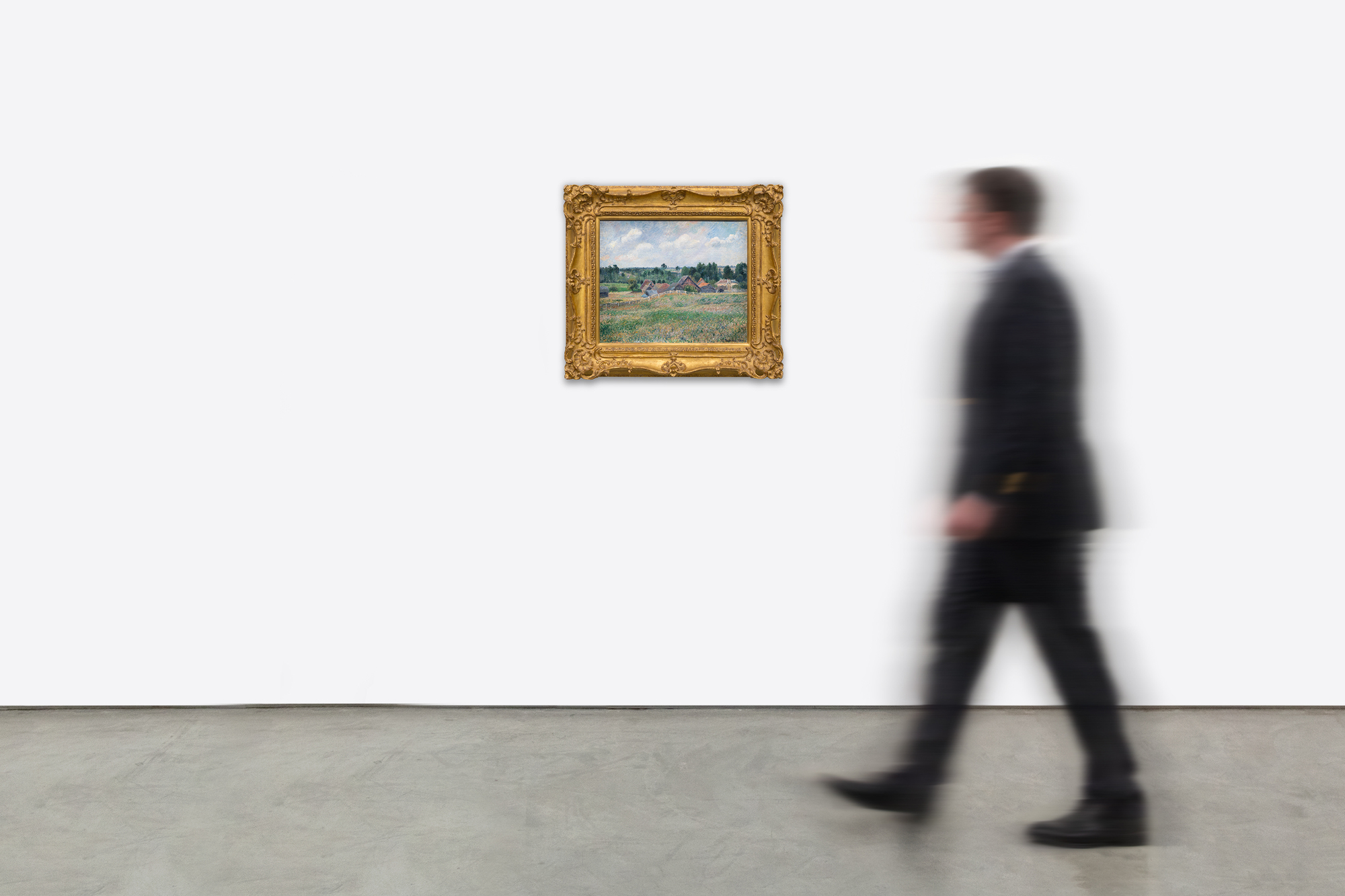
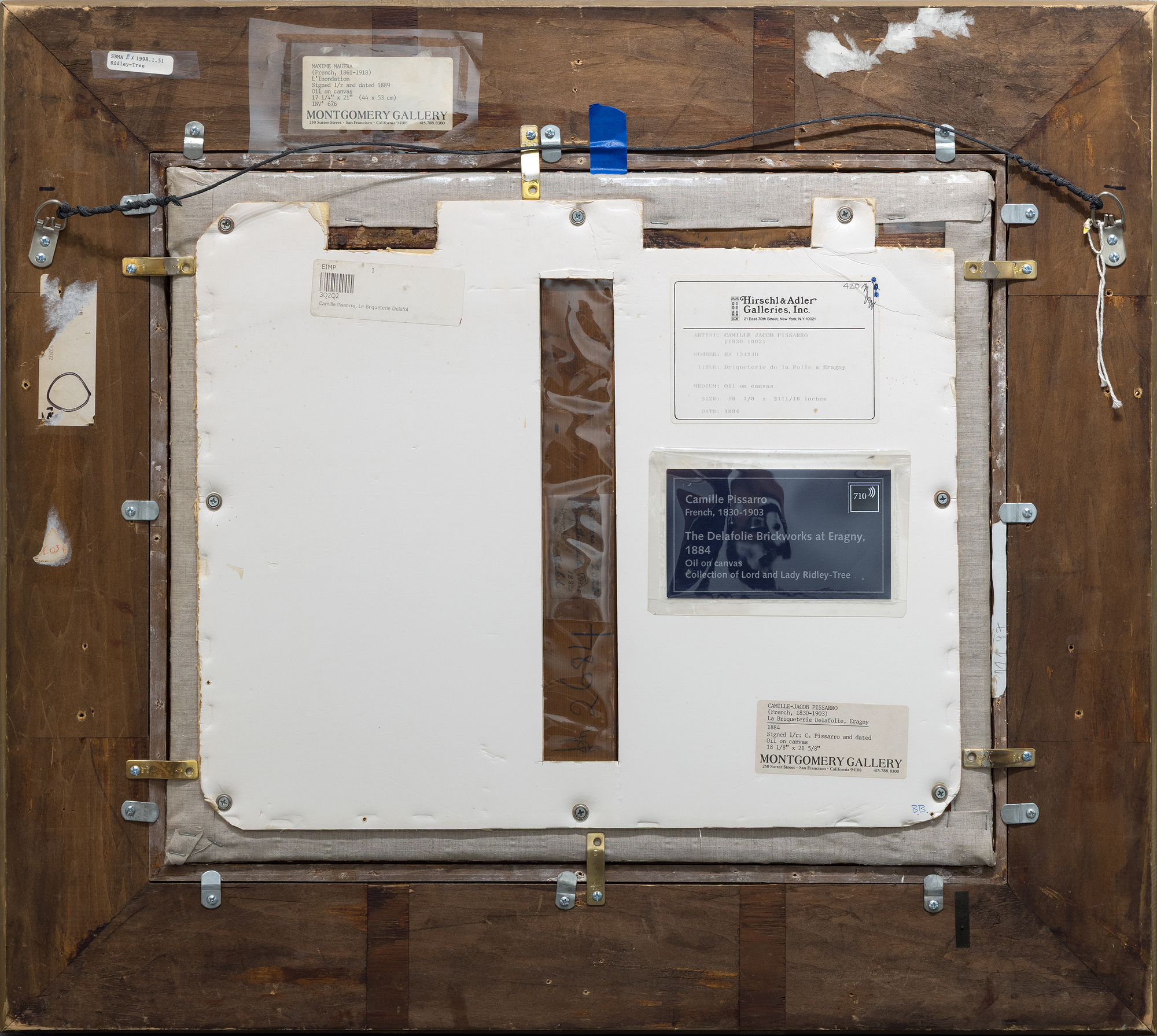
Provenienz
Durand-Ruel, Paris, vom Künstler erworben, 1892Werner Herold, Zürich, 1917 von dem oben Genannten erworben
Von da an durch Erbfolge bis 1991
Montgomery Gallery, San Francisco (in Kommission)
Hirschl & Adler Galerien, New York
Privatsammlung, New York, 1994
Lord und Lady Ridley Tree, Santa Barbara, Kalifornien
Privatsammlung
Ausstellung
Paris, Frankreich, Galerie Durand-Ruel, Camille Pissarro, 1892, Nr. 30Warschau, Polen, Towarzstwo, Zachety Sztuk Pieknuch w Krolestwie Polskiem, Wystawa Dziel Artystow Francusk...Mehr.....ich, 1911, Nr. 114
Zürich, Schweiz, Kunsthaus, L'Art française des XIXe et Xxe siècles, 1917, Nr. 152
Paris, Frankreich, Gazette des Beaux-Arts, La Peinture française du XIX siècle en Suisse, 1938, Nr. 76
Brüssel, Belgien, Palais des Beaux-Arts, De David à Cézanne, 1947-48, Nr. 108
Santa Barbara, Kalifornien, Santa Barbara Museum of Art, Santa Barbara Collects: Eindrücke aus Frankreich, 1998, Nr. 51
Literaturhinweise
Alfred Ernst, "Camille Pissarro", La Paix, Paris, Februar 1892, S. 2Janine Bailley-Herzberg, Correspondance de Camille Pissarro, Bd. III, Paris, 1988, Brief Nr. 734, S. 171, Nr. 5
Ludovic-Rodo Pissarro und Lionello Venturi, Camille Pissarro: son art, son oeuvre, Bd. I Paris, 1939, Nr. 681, S. 177; Bd. II, Nr. 681, Taf. 141
Eric Zafran, Santa Barbara Collects: Impressionen aus Frankreich, Santa Barbara, CA, 1988, Nr. 51, illustriert
Joachim Pissarro und Claire Durand-Ruel Snollaerts, Pissarro, Kritischer Katalog der Gemälde, Bd. III, Paris, 2005, Nr. 776, illustriert S. 514
...WENIGER..... Preis1,900,000
Im Vordergrund ist eine polychrome Wiese zu sehen. Die stakkatoartigen grünen, ockerfarbenen und lilafarbenen Pinselstriche in alle Richtungen vermitteln die sanfte Bewegung des Windes auf der Wiese unter einem flauschigen Himmel. In der Ferne taucht die Ziegelei Delafolie auf, die Pissarros gutem Freund und Nachbarn gehörte. Im Werkverzeichnis heißt es dazu:
"Die Ziegelei Delafolie in Éragny bezieht sich auf eine örtliche Ziegelei, die sich in Familienbesitz befand. Herr Delafolie war nicht nur Maurer, er war auch Pissarros Nachbar und braute seinen eigenen Apfelwein. Sein Apfelwein war angeblich so gut, dass Claude Monet einmal an Pissarro schrieb und fragte, wer der Händler sei und wie er ein Fass für sich bestellen könne. Pissarro und Herr Delafolie waren gute Freunde, und Pissarro nutzte die regelmäßigen Lieferungen von Herrn Delafolie nach Paris und Gisors, um seine Gemälde zusammen mit den Ziegelsteinen zu verschicken."
Ähnliche Werke befinden sich im Musée d'Orsay, dem Walters Art Museum und dem Birmingham Museum of Art. Dieses Gemälde bietet Sammlern ein seltenes, weitgereistes Werk, das Pissarros innige Verbindung zur Landschaft und zur Gemeinde von Éragny verkörpert.


